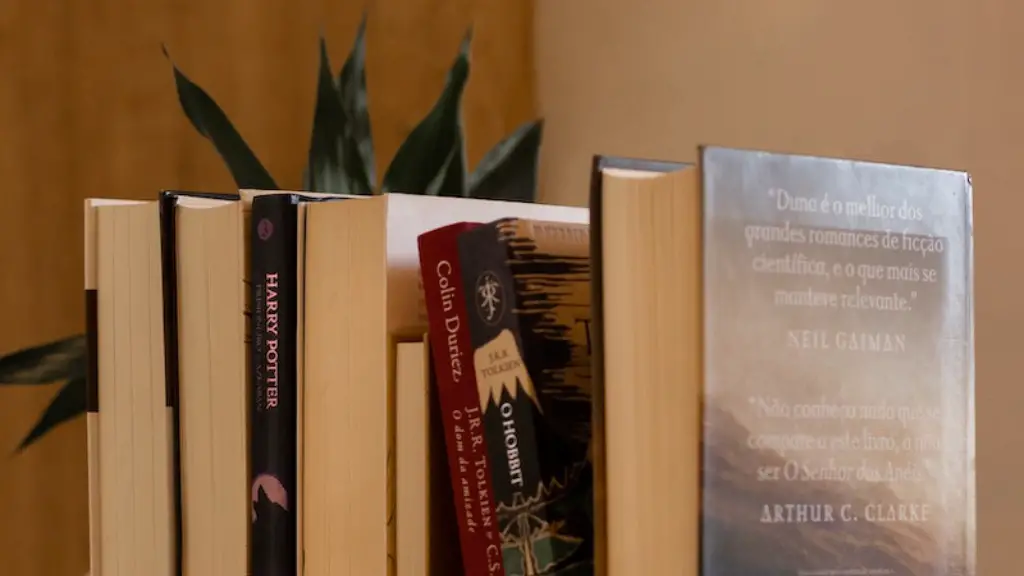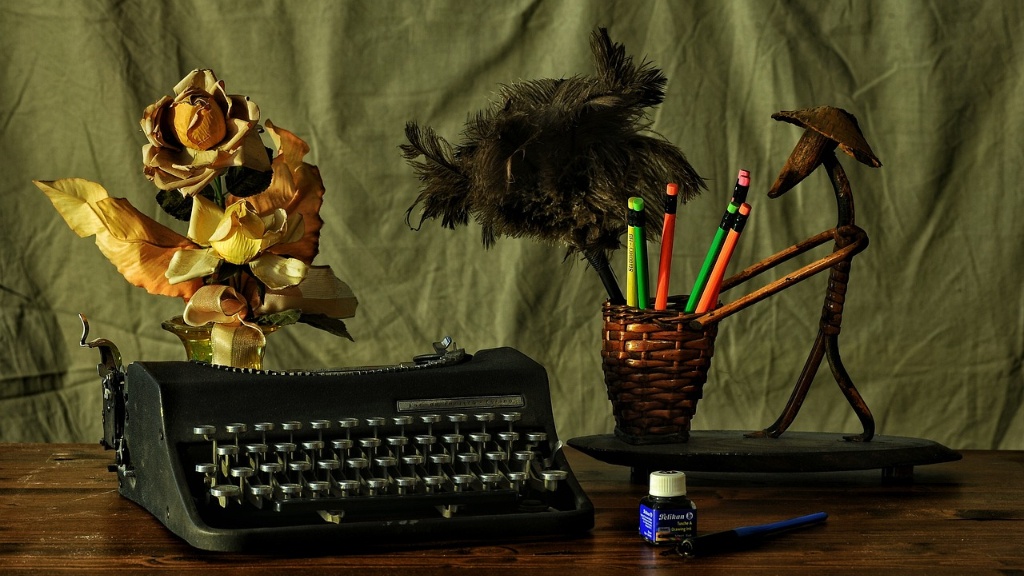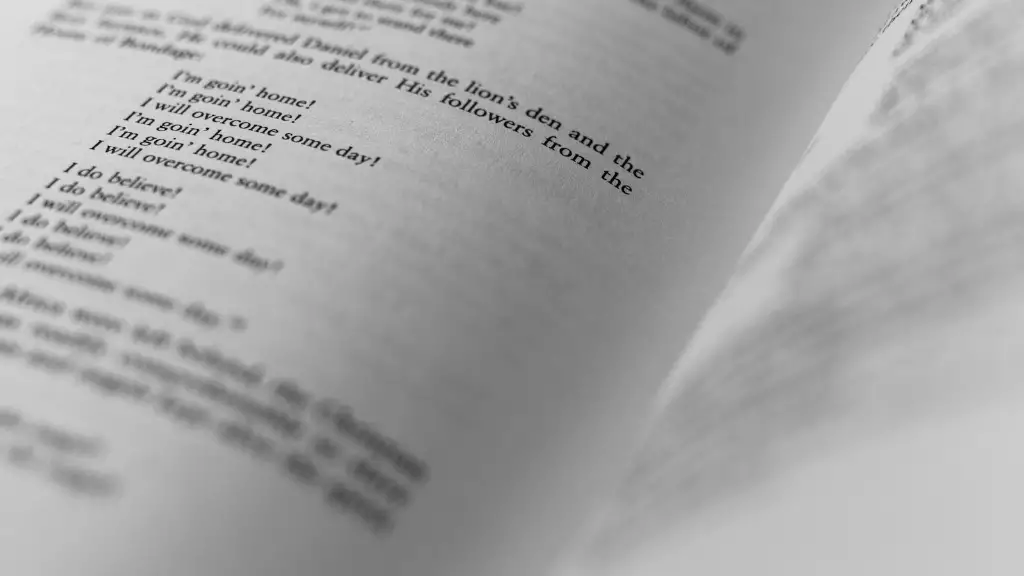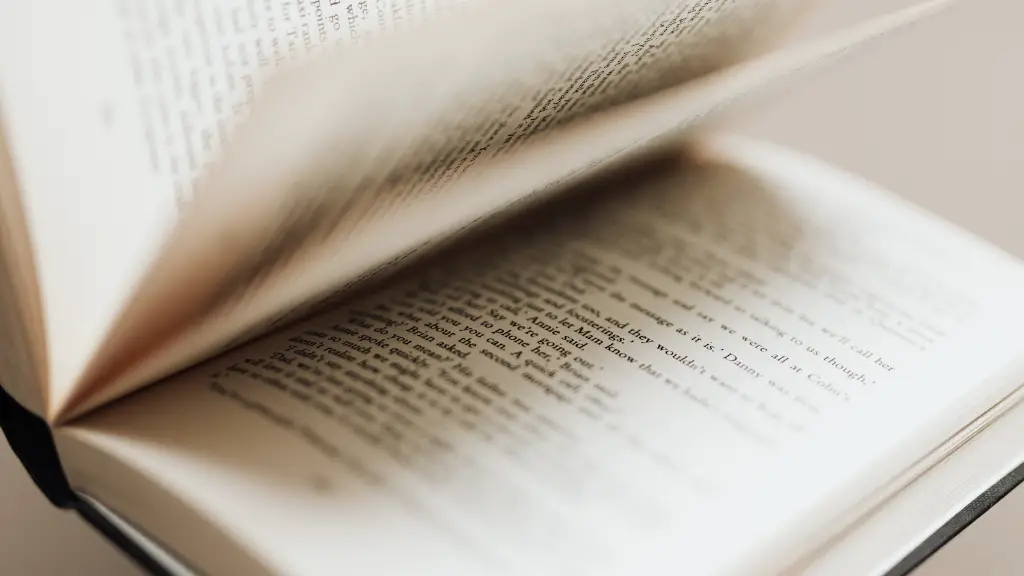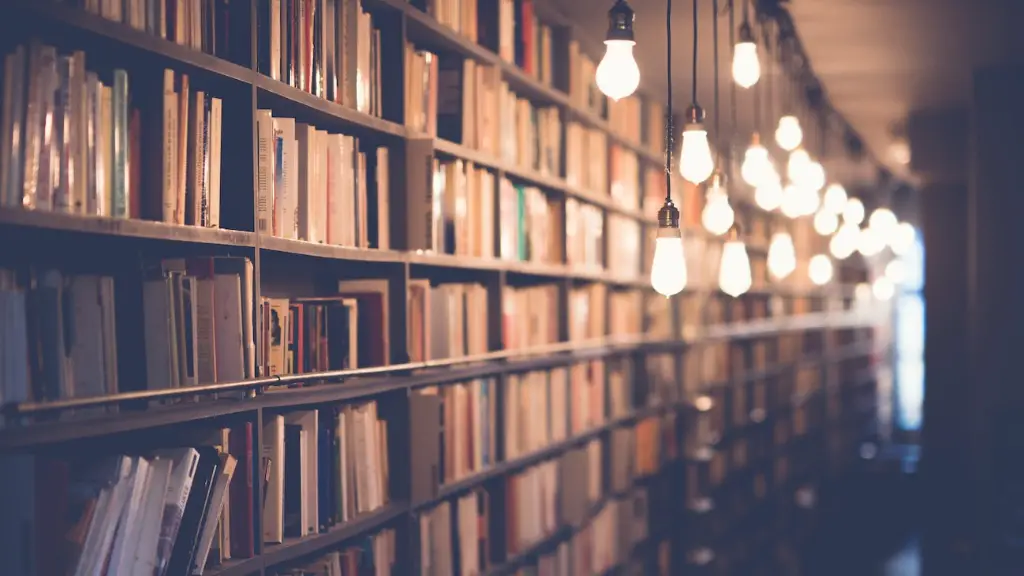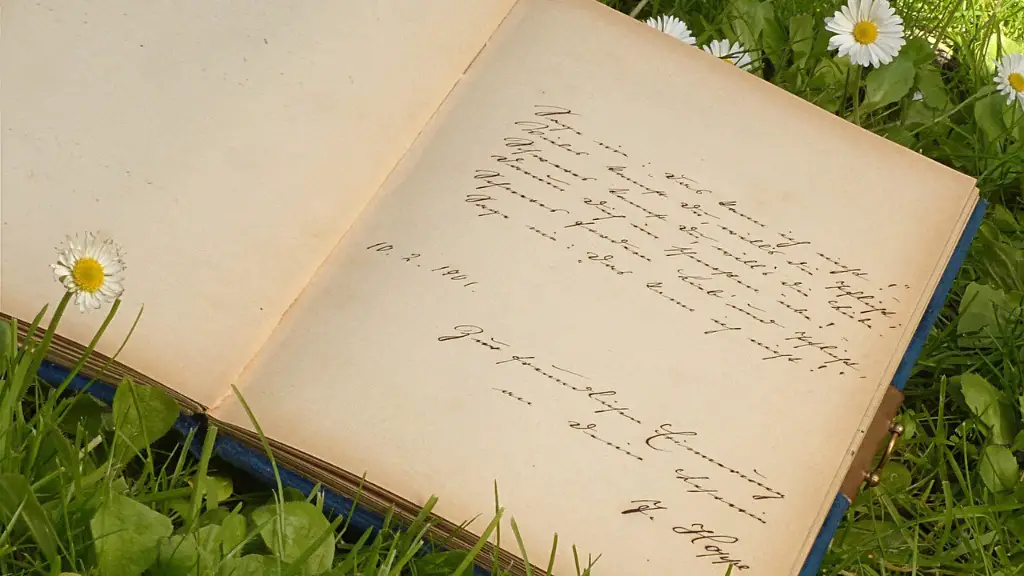Poetic Meter and Rhythm
Analyzing the meter and rhythm of a poem is essential to grasping its theme and meaning. Meter is the pattern of syllables that make up a single line in a poem. It is the pattern of stressed and unstressed syllables, and can be expressed in both feet and beats. On the other hand, rhythm is the pattern of lines and syllables that creates the musicality in a poem. It is the emotional connection between syllables and words, adding emphasis and allowing for meaning to be conveyed.
When analyzing poetry, one should pay attention to the rhyme scheme, line lengths, and the syllables per line. The rhyme scheme outlines how lines correspond in different stanzas, like the pattern of a-b-a-b in a sonnet, or the opposite pattern of a-a-b-b in another. Awards and distinctions between the different rhyme schemes show how the poet wants to emphasize their message, and should be taken into account when doing an analysis.
Line lengths and the number of syllables per line are also important for analysis. Line lengths can shift in the poem, often symbolizing a shift in the concepts or a break in emotions. Longer lines might indicate a slower tempo and connected thoughts, while shorter lines might highlight transitions or changes in perspectives. On the other hand, the number of syllables per line can also be of significance, as it can help the reader understand the development of the poem, or indicate shifts in motion or action.
Figurative Language
Figurative language is a type of terminology used in literature to create powerful visual imagery. It is composed of symbols, metaphors, and analogies, and is often used to emphasize topics and evoke emotion. There are various types of figurative language which can be used to analyze a poem. Similes and metaphors are probably the most common, used to compare two different things while establishing a connection between them. Personification is also used quite frequently, attributing human qualities to inanimate objects. Alliteration, onomatopoeia, oxymoron and hyperbole are also interesting forms of figurative language to dive into.
Analyzing the figurative language in a poem gives you an insight into the poet’s intention and the overall meaning of the poem. For example, a metaphor comparing two distinct items may indicate the poet’s perspective on the matter, or provide an example for their imperative. Each form of figurative language that appears in the poem should be deeply unearthed to decode its stronger meaning.
Themes and Symbols
Themes and symbols are elements that often carry strong messages throughout a poem. These concepts are usually metaphors or messages that the poet wants to convey, and should be thoroughly examined. There might be a single theme that runs throughout the poem within several verses, or a particular symbol that illustrates the poet’s overall thought. Whatever it is, it should be identified, as it is likely a key element the poet is using to emphasize their message.
When exploring the various symbols and themes in a poem, the different connotations that each one carries should be closely examined. These can create powerful messages and provide a greater understanding of the poet’s message. Different interpretations of the same symbol can also appear, and it is often more important to figure out how these were used in the context of the poem rather than finding their standard definition.
Reading between the lines
Analyzing a poem does not only involve the literal meaning of the words, but also pondering the deeper meaning of the poem. Reading between the lines means exploring the implicit messages the poet may have included in their work. This often requires looking at the poem from different angles and understanding the relationship between what has been said and what has not.
These hidden ideas often carry powerful messages that change the entire atmosphere of the poem. They can help the reader gain insight into the poet’s beliefs and the intent of their writing. Such ideas can also be seen as subtle connections between concepts or symbols within the poem, and must be carefully examined in order to deepen one’s understanding of the poem.
Focal Point and Overall Tone
The focal point of a poem is the most important element of the poem and should be considered when analyzing it. It is typically the subject or the object of the poem – the main sentiment or idea the poet wishes to convey. Paying attention to both the literal and the symbolic meanings of the words in the poem can assist one in gaining insight into its central focus.
In addition to this, the overall tone of the poem should also be taken into account. The tone serves as the narrator’s disposition towards their topic, and can be serious, nostalgic, playful, or anything in between. Learning to detect the underlying tone of a poem can be very helpful during an analysis, as it often reflects the atmosphere and attitude of the poet.
Conclusion
It is important to remember that there is no correct way to interpret or analyze a poem. Each person may have a different opinion or interpretation of the same work, and all are valid. However, there are some key steps you can follow when analyzing poetry in order to gain a better understanding of the poet’s message and the meaning of their poem.
Figures of Speech
Figures of speech are words or phrases that deviate from the conventional order or meaning and are used for emphasis or clarity. Not only do they add flavor to the poem, but they also help to convey the author’s feelings and emotions or establish a particular atmosphere. When analyzing a poem, some examples of figures of speech to look for are alliteration, exaggeration, apostrophe, metonymy, personification, simile, synecdoche, and hyperbole.
Alliteration and exaggeration are two figures of speech used to draw attention to the subject. Alliteration is the repetition of consonant sounds at the beginnings of words, while exaggeration is the exaggeration of certain aspects for the sake of emphasis. Personification is when an inanimate object is described as if it were alive and able to act and talk. Simile is when two unlike things are compared, examples of which include “as blind as a bat” or “like a candle in the wind”.
Metonymy, on the other hand, is when a thing is not called by its name but is indicated by the name of something associated with it, such as the use of “the White House” to refer to the US government. Synecdoche is when a part of something is used to represent the whole, such as using “wheels” to refer to a car. Lastly, hyperbole is when extreme exaggeration is used to dramatize an idea or situation.
Poetic Devices
Poetic devices refer to the techniques used by the poet to convey a particular message or mood. These devices are often used to add depth and interest to a poem, and come in many forms. Some common devices are assonance, consonance, imagery, allegory, and rhyme.
Assonance is the repetition of vowel sounds within a line or within two or more lines of poetry. It is often used to create a feeling of harmony and to create a rhythm. Consonance is the repetition of consonant sounds in the same way that assonance repeats vowel sounds. These devices often add interest and texture to a poem, as well as creating a certain mood and atmosphere.
Imagery is the use of vivid descriptions of people, places, or things that may appeal to one or more of the five senses. Allegory is a type of figurative language used to tell a story or make a point by using characters, settings, and objects that symbolize the deeper meaning of the story. Lastly, rhyme is the repetition of similar sounds in the same line or between two or more lines of poetry.
Narrative Style
The particular narrative style of a poem can offer insight into the poet’s thought process, approach, and perspective on the subject. Generally, it is the style of writing the poet uses to tell a story or make a point. Poetic devices like metaphors, symbols, and other types of imagery can be used to express the narrative style.
For instance, if the poem is framed in a romantic, “lovers in a lost garden” narrative style, the imagery might evoke a sense of longing, melancholy, and nostalgia. Conversely, a more whimsical “children’s puppet show” narrative style might evoke a sense of fun, silliness, and playfulness. Similarly, a more somber “graveyard at midnight” narrative style might evoke feelings of dread and gloom.
The narrative style of a poem can also be used to show the poet’s attitude towards a particular subject. It allows the poet to express feelings of joy, sadness, anger, or any other emotion they might be conveying. Paying attention to the contextual clues of the particular narrative style can reveal layers of meanings in a poem.
